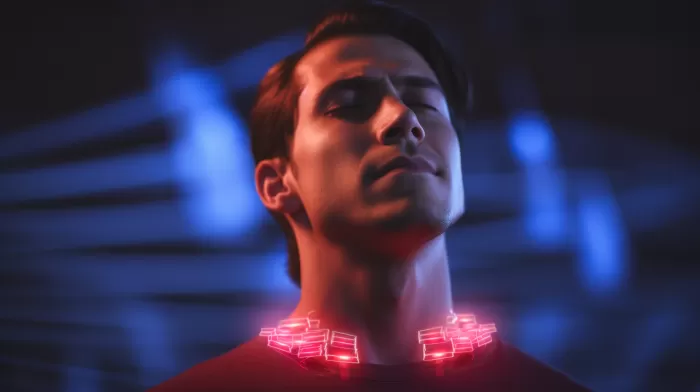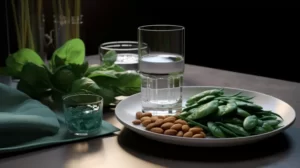Does red light therapy really help boost testosterone levels? A 1939 study laid the groundwork for the notion, showing that exposing men’s chests to UV light for five days could raise testosterone levels by 120 percent. Exposure to the genitals resulted in a 200 percent increase after eight days.
Red light differs from sunlight; it consists of light wavelengths ranging from 600 to 950 nanometers, while ultraviolet light has wavelengths between 10 and 400 nanometers. It’s believed that red light can stimulate the production of ATP (adenosine triphosphate), vital for energy production, and increase Leydig cell activity in the testes.
Currently, the FDA has not approved any light therapy devices specifically designed to increase testosterone production. However, red light therapy as a treatment method is generally considered low risk, and devices that emit low heat are available. These devices, often marketed for wrinkle reduction, acne treatment, and wound healing, have also found success in boosting testosterone levels by directing the light at the testicles. Keep in mind that some red light therapy devices can generate massive amounts of heat, which has the potential to damage your testicles. When considering this method, it’s crucial to select a safe, low-heat device.
Fast forward a few decades, we are met with various studies pursuing the impact of light on the testes and testosterone production. A 2013 study found that continuous exposure to light from birth to early puberty in golden hamsters resulted in increased testicular testosterone secretion. Adolescent rats subjected to constant light for 70 days exhibited increased gonadal activity.
The European College of Neuropsychopharmacology’s 2016 meeting unveiled results from a pilot trial involving 38 men with low libido. Participants were split into two groups: one exposed to bright light therapy from a lightbox, and the other exposed to a less intense lightbox. After two weeks of daily 30-minute sessions, the testosterone levels in the bright light group rose by 300 percent, while libido increased by the same amount.
It’s worth noting that there are plenty of natural ways to increase testosterone levels, such as diet, exercise, stress management, and sufficient sleep. Red light therapy may be another option, although scientific proof is limited. Conventional light therapy via a lightbox has shown some favorable results thus far.



